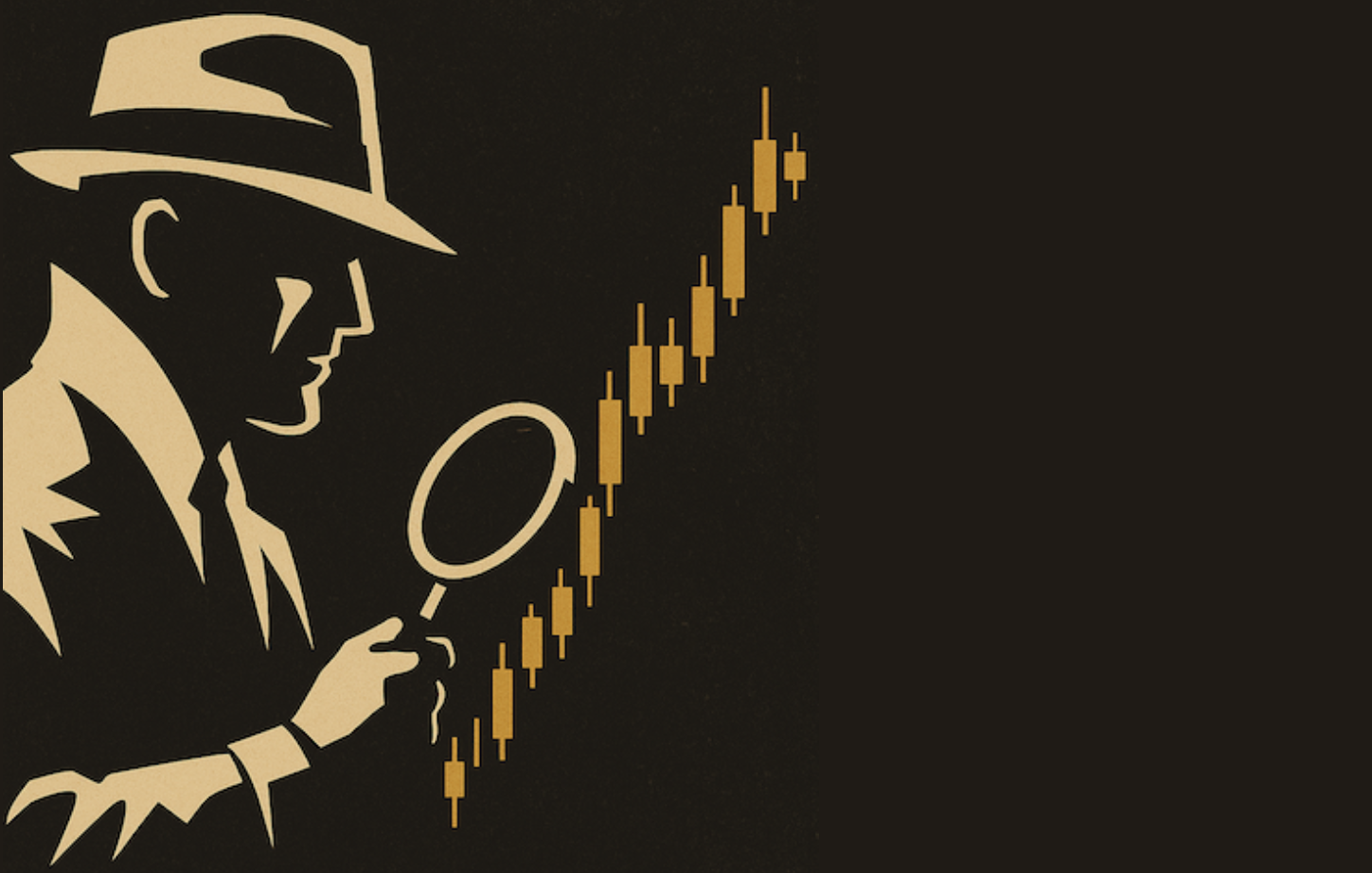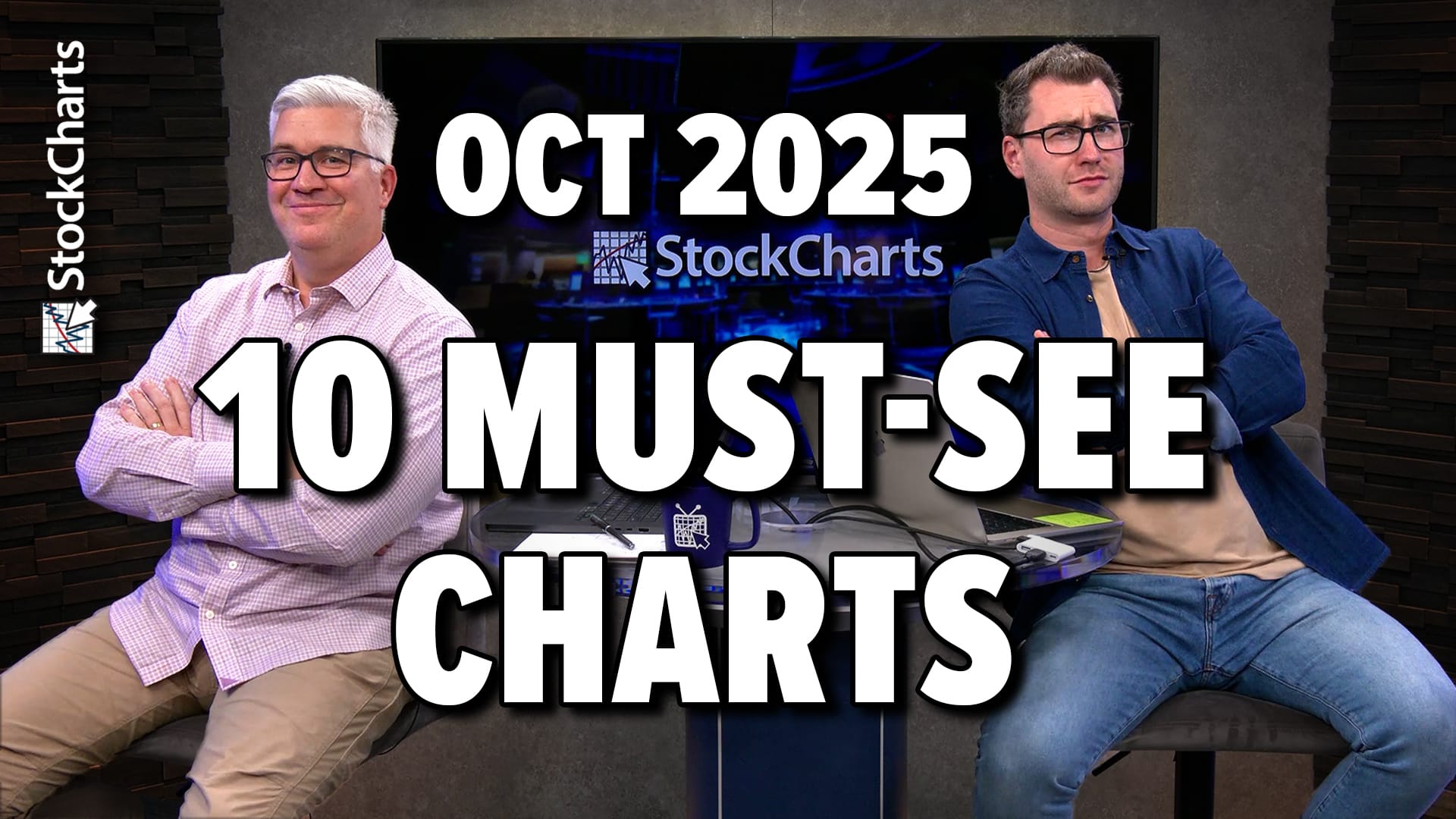HOW TO PLAY HARD ASSETS WITH STOCKS , ETFS AND MUTUAL FUNDS -- NEW GOLD ETF IS LAUNCHED
ANOTHER LOOK AT THE CRB/SPX RATIO ... One of our newer readers expressed puzzlement at the ratio of the CRB/S&P 500 chart that I showed on Friday. The chart is a ratio of the CRB Index (representing commodities). The point of the chart was simply to show that since 2000 commodities have been outperforming stocks by the widest margin since the 1970's (see arrows). In addition, the fact that the ratio has broken a two-decade long down trendline suggests a generational swing back toward hard assets (commodities) as opposed to paper assets (bonds and stocks). It is true that the ratio is still well below the highs reached during the 1970's. But it's the direction of the ratio line that matters and not the level.

Chart 1
HOW TO PLAY HARD ASSETS... If this decade favors "hard assets", a number of readers asked how an investor can put that information to work. I've written several articles explaining that, in my opinion, the best way to do that is with stocks related to commodity markets. An investor can buy individual gold or energy stocks for example or stocks tied to industrial commodities like aluminum, copper, and steel. Many mutual fund families offer sector mutual funds that cover basic materials, precious metals, or natural resources that would accomplish the same thing. There are also energy-related Exchange Traded Funds (ETFs) like the Energy Select Sector SPDR (XLE) or the Oil Service Holders (OIH). There's also a Materials ETF which has been climbing with commodity prices since 2002 (Chart 2). The XLB (which is traded on the American Stock Exchange) includes stocks tied to aluminum, copper, chemicals, gold, and steel. There are even mutual funds that allow you to own commodities without having to buy the commodities themselves.

Chart 2
TWO COMMODITY MUTUAL FUNDS ... It's now possible to buy commodities through mutual funds. I wrote an article on the two commodity mutual funds shown below during September (September 21, 2004) just as they were starting their last upleg. There is a slight difference between the two however. The Oppenheimer Real Asset Fund (QRACX) is based on the Goldman Sachs Commodity Index which has a heavy energy weighting. That's why it looks stronger than the PIMCO Commodity Real Return Fund (PCRAX). The PIMCO fund is based on the Dow Jones AIG Commodity Index which is more evenly weighted and which more closely resembles the trend of the CRB Index. Chart 4 and 5, for example, show the PIMCO Commodity Fund and the CRB Index bouncing off their 200-day moving averages during September -- while the Oppenheimer Fund was being pulled much higher by surging oil prices.

Chart 3

Chart 4

Chart 5
A NEW GOLD BULLION ETF HAS BEEN LAUNCHED ... A lot of readers have asked questions about the new gold ETF that just started trading last Thursday on the New York Stock Exchange. It's called streetTracks Gold Trust Shares (GLD) and it's shown in Chart 6. After dipping on the first day of trading, the GLD is moving to new highs today. Each share of the GLD is worth one-tenth of the actual price of bullion. That means it follows the price of gold exactly. As I'm writing this, the GLD is trading at 44.87. That means that gold is trading at $448.70 today. Interestingly, the Gold/Silver (XAU) Index, which has been leading gold higher, has dipped in price since last Thursday when GLD started trading. That's probably due to the fact that some investors have been switching out of the XAU into the GLD. It's also true that the XAU is near potential chart resistance at its early 2004 peak, which may be causing some profit-taking. I'm generally reluctant to recommend any new vehicle until it's developed a trading history and has a suitable level of suitability. But, if you want to own some gold bullion, you can now do it by buying GLD.

Chart 6

Chart 7
DOES THAT INCLUDE REAL ESTATE?... One reader asked why I hadn't included real estate in my list of hard assets. To me, hard assets are primarily things can be grown, mined, or refined. But a case can be made for inclusion of real estate into that equation. Problem is real estate often marches to a different cycle and different economic forces. REITs, for example, have historically shown a low correlation to the stock market and certainly offered excellent diversification during the 2000-2002 bear market in stocks -- and may do so again. I suspect, however, that the relative attractiveness of REITs is due more to the historically low level of interest rates, which has also prolonged the housing boom. A comparison of Charts 8 and 9, for example, show that the major upturn in REITs during 2000 coincided with a major peak in bond yields (see circles). Since REITs pay large dividends, they're also more attractive in a climate of comparatively low bond yields. And that's what worries me. If long-term rates start to rise, which I believe they will have to eventually, REITs (and housing in general) may suffer as a result. I can't argue that real estate shouldn't be included in the "hard asset" category. I just don't think that's where I'd be putting my money at this point.

Chart 8

Chart 9
A WEAK DOLLAR CALLS FOR SOME COMMODITY EXPOSURE... I'm not arguing either than all of an investor's money should be in commodity-related hard assets. But Wall Street is finally waking up to the idea that there's more to invest in besides bonds, stocks, and cash. I believe that having some portion of one's investments in gold or energy is less dangerous than not having some exposure to those markets. That's especially true in a decade that is likely to see a deteriorating American dollar. How you choose to participate in a hard asset boom is up to you; but some of the ways to do so are explained above.

Chart 10













